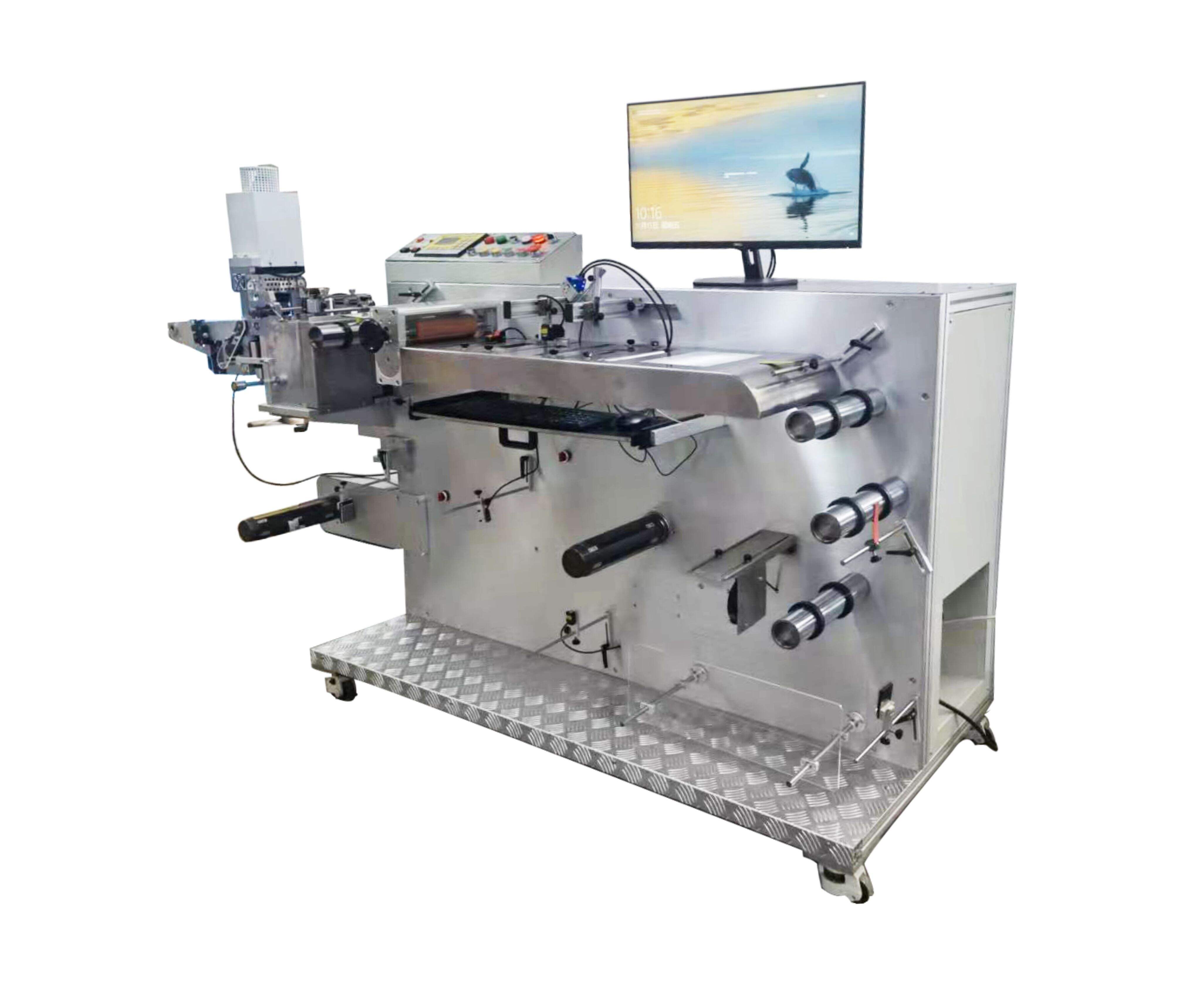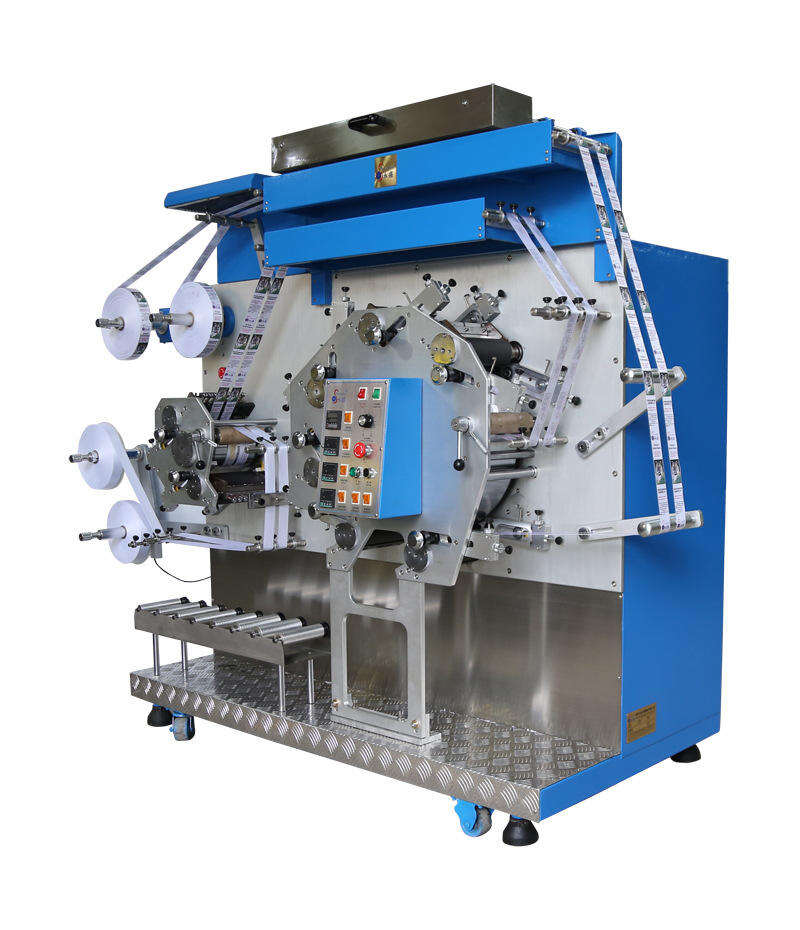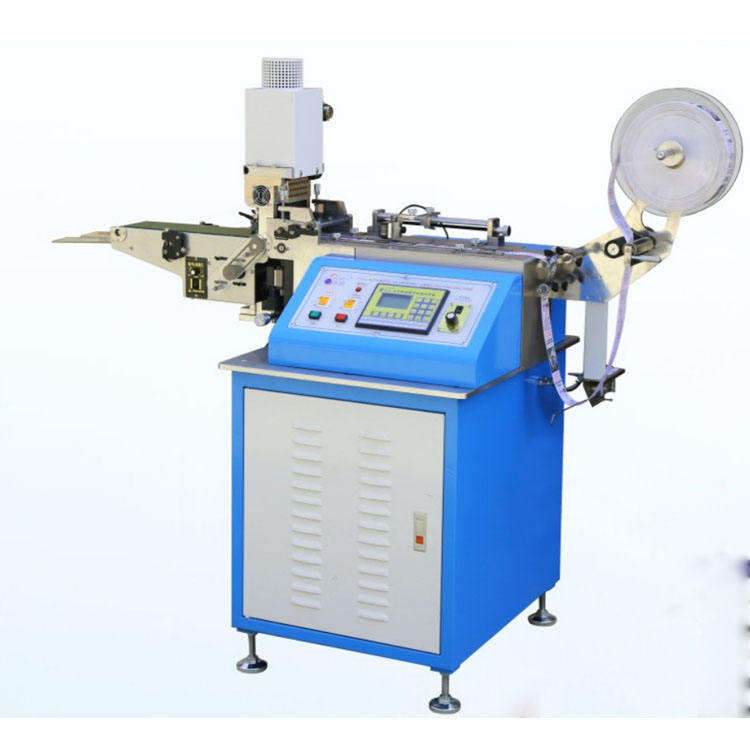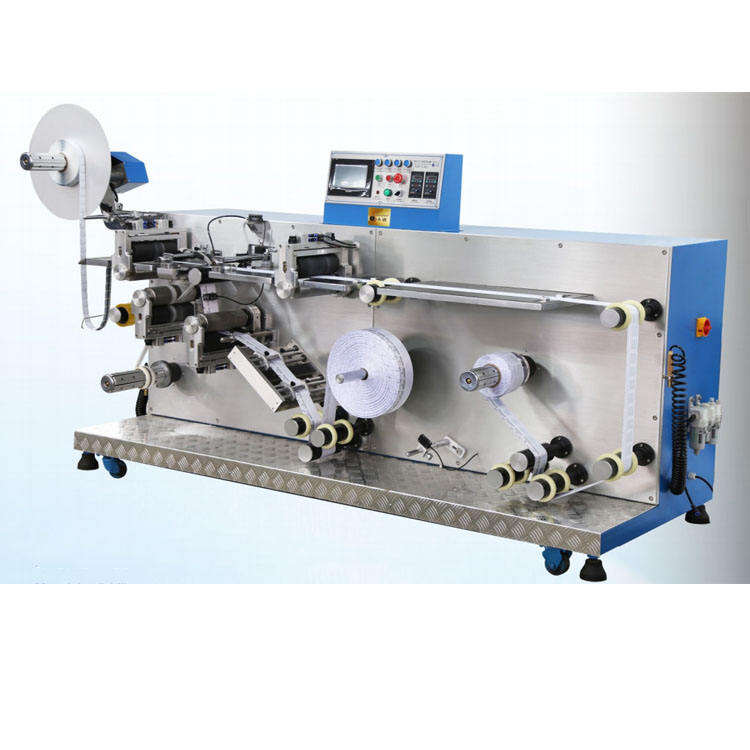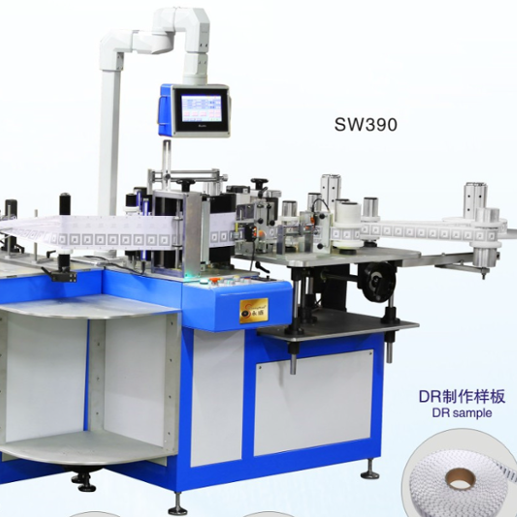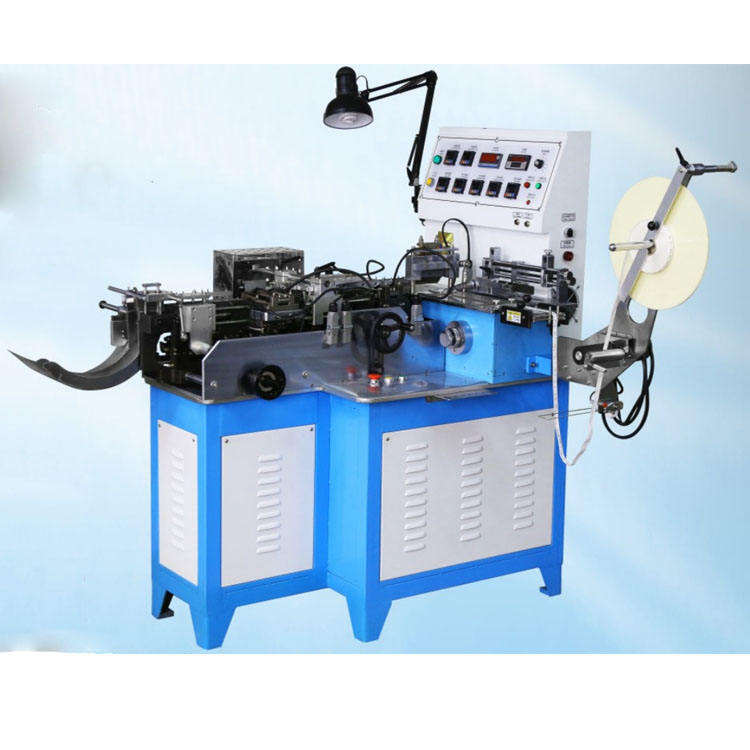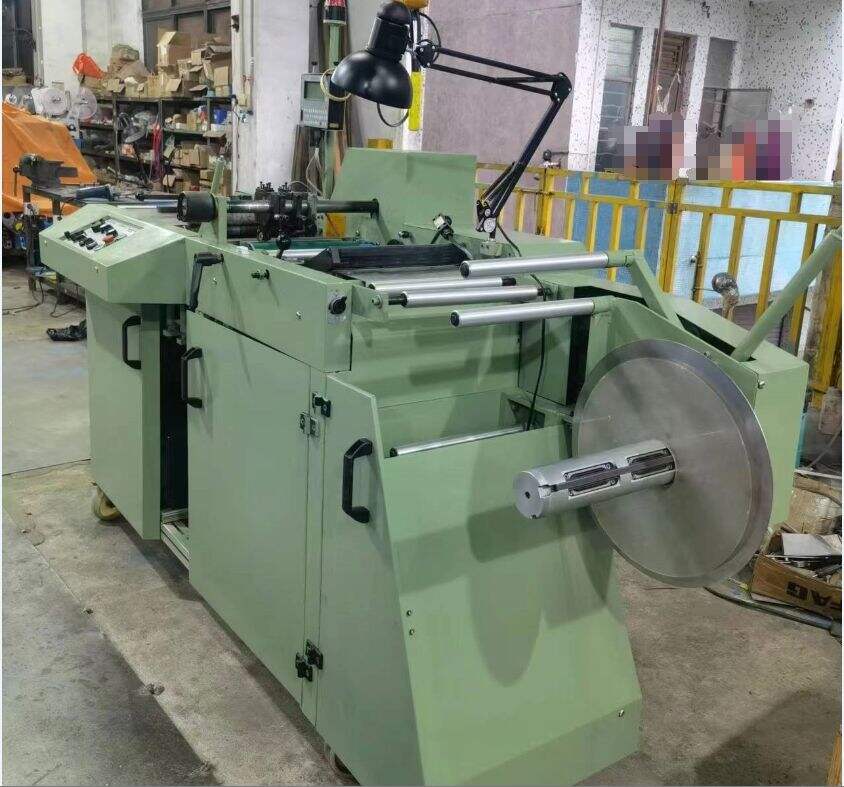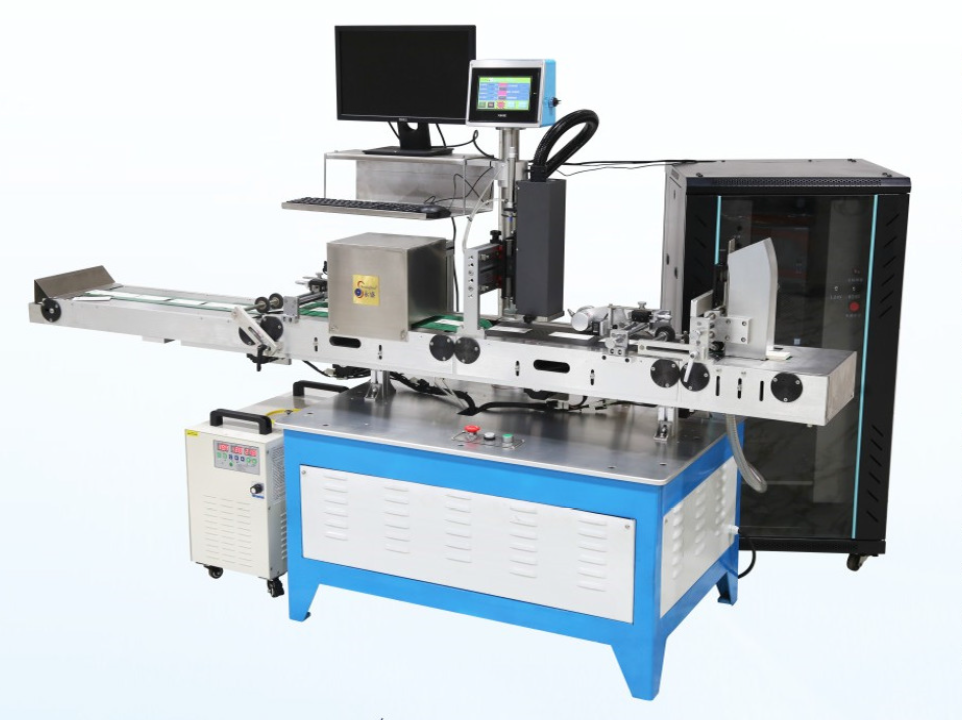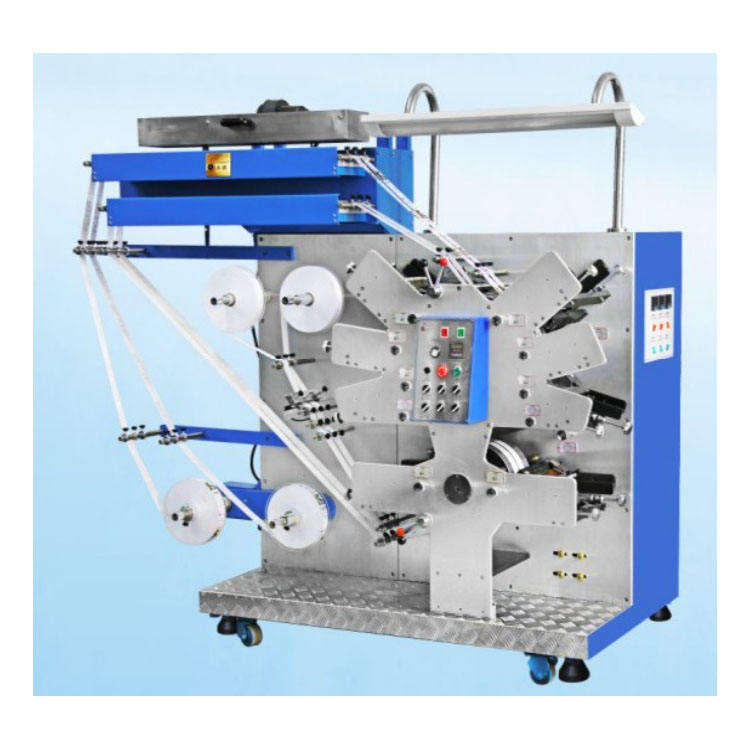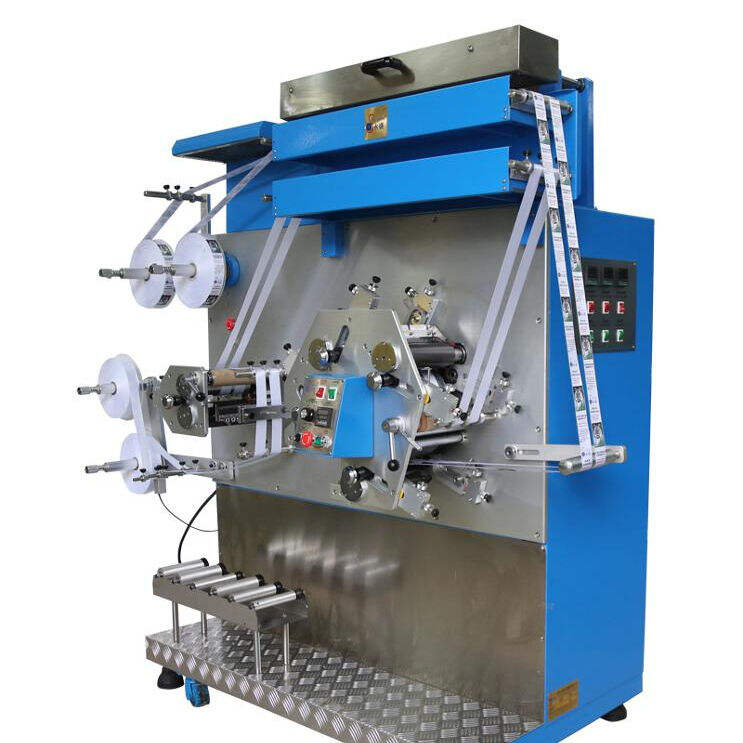Flexo Label Printing Machine: Adapting to Diverse Label Design Requirements
Introduction: The Evolving Demands of Label Printing
The label printing industry is undergoing transformative changes driven by evolving market demands and technological advancements. The packaging and labeling sector is witnessing significant growth, propelled by the increasing consumer preference for convenience and information transparency. With a projected compound annual growth rate (CAGR) of 4.2% through 2027, the surge is notably influenced by the boom in e-commerce and online shopping, which has heightened the demand for flexible packaging solutions. Technological advancements, particularly in digital printing, are instrumental in augmenting production efficiency and enhancing print quality. These technologies enable rapid changes in label design and customization, allowing brands to maintain competitiveness in a crowded market.
Growth Drivers in Packaging and Labeling
The packaging and labeling industry is experiencing remarkable expansion, primarily fueled by consumer demand for accessible and informative packaging solutions. This growth is reflected in the projected CAGR of 4.2% through 2027, largely driven by e-commerce and online shopping. Consumers are increasingly seeking packaging that is not only convenient but also offers detailed product information. Technological advancements like digital printing play a pivotal role in meeting these demands by enhancing production efficiency and quality. This enables brands to adapt quickly to new trends, ensuring their products stand out in competitive markets.
Consumer Expectations for Customization
In today's market, consumer expectations regarding personalization are markedly influencing brand strategies. More than ever, customers are looking for products that reflect personal preferences, pushing brands to embrace flexible label printing technology. Research shows that approximately 70% of consumers are more inclined to purchase items that offer some form of customization. This statistic underscores the importance of custom labels for businesses aiming to influence consumer purchasing decisions. Brands that effectively capitalize on these expectations by offering customizable options can significantly boost customer engagement and drive sales.
Role of Flexo Label Printing in Market Adaptation
Flexo label printing stands as a crucial player in the industry's adaptation to rapidly changing market demands. Its ability to deliver fast turnaround times makes it ideal for short-run production—a necessity in today's fast-paced retail environment. According to industry research, businesses utilizing flexo printing are better positioned to adjust to emerging market trends and consumer preferences swiftly. This adaptability not only improves operational efficiency but also strengthens market positioning, allowing companies to better meet the dynamic needs of their consumers.
What Is a Flexo Label Printing Machine?
Core Components and Functionality
A flexo label printing machine is comprised of several essential components that together ensure efficient printing operations. Key elements include:
- Anilox Rollers: These rollers play a crucial role in transferring the correct amount of ink to the printing plate.
- Photopolymer Plates: Used for receiving the ink and creating the desired image on substrates.
- Drying Units: Essential for speeding up the ink drying process, enhancing the overall production speed.
Understanding the functionality of each component is vital for optimizing operations. This knowledge helps in achieving high-quality prints while minimizing maintenance downtime, ultimately boosting productivity.
Flexographic Printing Process Explained
The flexographic printing process is based on a rotary printing principle, perfect for creating high-quality labels. This method involves the transfer of ink onto a substrate through raised images on printing plates. Its versatility allows it to handle various substrates, making it suitable for many industries. Notably, flexography offers high speed and efficiency, making it a cost-effective solution for both short and long print runs. This adaptability appeals to numerous sectors requiring swift, quality label production.
Substrate Versatility: Beyond Traditional Materials
Flexo label printing machines are renowned for their ability to print on a variety of substrates beyond just paper. This includes materials like plastics and films, offering immense versatility for different applications across industries. This capability enables manufacturers to cater to diverse market needs by offering a broad range of product options. The adaptability in printing materials not only meets specific market requirements but also enhances brand presence through varied labeling possibilities.
Key Features That Support Custom Label Designs
High-Resolution Graphics Capabilities
High-resolution graphics capabilities are essential for creating intricate custom label designs that effectively elevate a brand's image. Flexo label printing machines equipped with advanced technologies can achieve resolutions up to 600 dpi, ensuring that designs are sharp and visually appealing. This ability to produce clear and detailed images is crucial for branding, as it helps capture consumer attention and convey the quality and uniqueness of a product.
Color Flexibility and Special Effects
Flexo printing offers impressive color flexibility, utilizing Pantone and custom mixing techniques to deliver vibrant shades and special effects that differentiate products in crowded marketplaces. This capability allows brands to incorporate metallic finishes and other eye-catching elements. By leveraging such color versatility, businesses can create labels that stand out, thus enhancing product appeal and supporting distinct brand identity within the competitive consumer landscape.
Variable Data Printing for Personalization
Variable data printing is a powerful feature that allows for the personalization of labels to meet customer-specific requirements. By utilizing digital technology, flexo printing machines enable the creation of unique labels for each unit, tailored to specific customer data. This personalization fosters stronger customer engagement, leading to improved loyalty as brands connect directly with their audience, making each product feel more relevant and customized.
Flexibility in Material and Ink Compatibility
Handling Diverse Substrates: Films to Papers
Flexo label printing excels in handling a variety of substrate types, enabling brands to maintain design integrity across diverse packaging materials. This capability is instrumental as it allows seamless adaptation to different packaging materials, ranging from flexible films to rigid papers. Not only does this showcase flexo printing's versatility, but it also enhances operational flexibility by allowing manufacturers to pivot swiftly between changing product lines and seasonal demands. This adaptability ensures that businesses remain agile and responsive to market needs without compromising on design quality.
Eco-Friendly Ink Options and Sustainability
With the increasing emphasis on sustainability, many flexo printers offer eco-friendly ink options. These inks are designed to minimize waste and reduce carbon footprints, appealing directly to environmentally conscious consumers. By adopting sustainable practices, brands can significantly enhance their reputation and appeal among eco-conscious consumers, thereby gaining a competitive edge. This shift not only aligns with global movements towards environmental responsibility but also resonates with a growing segment of the market that prioritizes ethical consumption.
Adapting to Non-Porous Surfaces
Flexo printing machines exhibit remarkable adaptability by effectively printing on non-porous surfaces. This feature expands the scope of potential applications beyond traditional label requirements, allowing for innovative packaging solutions. Such adaptability enables products to stand out in retail environments, offering unique and eye-catching design possibilities. By leveraging the flexo printing process's versatility, brands can explore novel packaging formats that capture consumer attention and differentiate them from competitors in crowded marketplaces. The ability to print on a wide range of substrates proves crucial in supporting diverse and dynamic packaging needs.
Benefits for Short and Long Print Runs
Cost Efficiency in High-Volume Production
Flexo label printing provides significant cost savings for high-volume production runs. By reducing the per-unit price, businesses can maintain competitive pricing strategies efficiently. Statistical evidence suggests that optimal production runs can save up to 30% on total printing costs, further enhancing the value proposition for brands looking to maximize their profitability. This cost efficiency is crucial as companies strive to compete in a market dominated by economic demands from e-commerce and consumer-facing packaging needs.
Quick Setup for Small Batches
The flexo printing method offers quick setup processes for small batches, minimizing downtime and ensuring efficient production operations. This rapid setup capability allows companies to swiftly meet urgent production schedules, which is particularly essential for seasonal promotions and limited-time offers. For brands targeting short-run productions, flexo printing ensures timely delivery of label outputs without compromising on quality or reliability, making it an indispensable choice for dynamic business environments.
Reduced Waste Through On-Demand Printing
Flexo printing machines excel in on-demand printing capabilities, reducing material waste and aligning with modern sustainability efforts. Using on-demand practices helps companies cut overhead costs through more efficient resource utilization. The just-in-time production approach allows brands to better manage inventory, avoiding excess stock and minimizing waste—a crucial aspect as industries move towards more sustainable practices. This method ensures operational efficiency while supporting the brand's commitment to eco-friendly production.
FAQ
What is driving the growth in the label printing industry?
The growth in the label printing industry is driven by evolving consumer demands, the expansion of e-commerce, and technological advancements, especially in digital printing that improve both efficiency and print quality.
How does flexo label printing support market adaptation?
Flexo label printing supports market adaptation by offering fast turnaround times, adaptability to trends, operational efficiency, and the flexibility to meet dynamic consumer needs.
Why are high-resolution graphics capabilities important in custom label designs?
High-resolution graphics capabilities are crucial for creating visually appealing, intricate designs that capture consumer attention and enhance brand image by conveying product uniqueness and quality.
What are the advantages of using eco-friendly ink options in flexo printing?
Using eco-friendly ink options in flexo printing reduces carbon footprints and waste, appealing to environmentally conscious consumers and enhancing a brand's reputation among eco-conscious segments.
How does flexo printing accommodate short and long print runs efficiently?
Flexo printing accommodates both short and long print runs efficiently due to its cost-effective nature in high-volume production, quick setup for small batches, and reduced waste through on-demand practices.
Recommended Products
Hot News
-
Reflect On The Cultural Significance Of The Printing Press In Preserving And Disseminating Knowledge
2023-12-08
-
The Role Of The Printing Press In The Global Economy
2023-12-08
-
Environmental Impact: Analyzing The Environmental Footprint Of The Printing Industry
2023-12-08
-
The Frontier Of Printing: 3d Printing And Its Industrial Renaissance
2023-12-08
-
The Evolution And Impact Of The Printing Press
2023-12-08
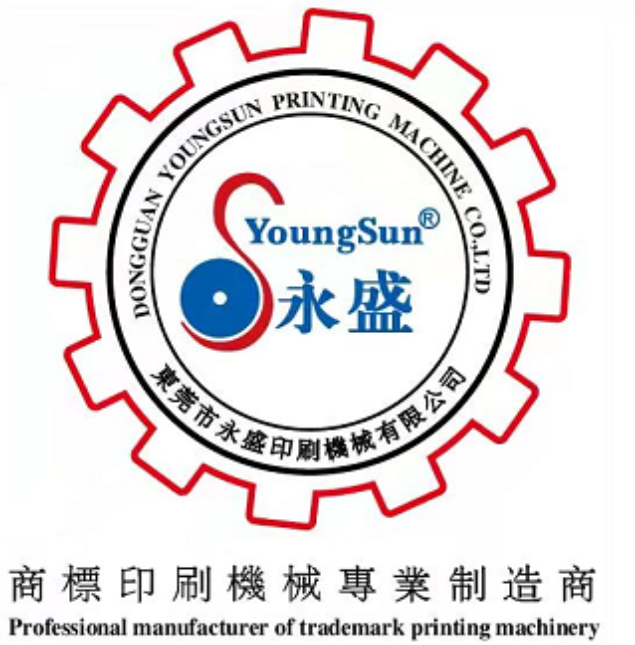
 EN
EN
 AR
AR
 CS
CS
 DA
DA
 NL
NL
 FI
FI
 FR
FR
 DE
DE
 EL
EL
 HI
HI
 IT
IT
 JA
JA
 KO
KO
 PL
PL
 PT
PT
 RO
RO
 RU
RU
 ES
ES
 SV
SV
 IW
IW
 ID
ID
 VI
VI
 SQ
SQ
 HU
HU
 MT
MT
 TH
TH
 TR
TR
 AF
AF
 GA
GA
 BN
BN
 BS
BS
 LO
LO
 LA
LA
 MI
MI
 MN
MN
 NE
NE
 MY
MY
 KK
KK
 UZ
UZ
 KY
KY
